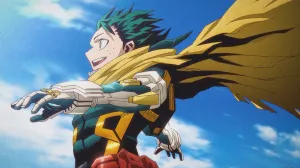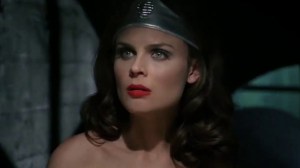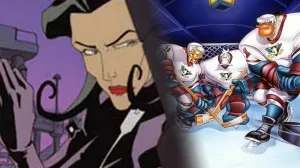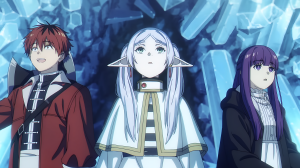Tactics Ogre: Let Us Cling Together is one of those great games that got away from me when it was first released in 1995. I didn’t even know it existed until after discovering Final Fantasy Tactics during that post-Final Fantasy VII era when I’d buy pretty much anything with Squaresoft’s signature white packaging and would rarely be disappointed. Yet, Final Fantasy Tactics stands above the rest as one of my favorite games of all time. Unfortunately, that also meant that when both games received enhanced ports for the PSP, I overlooked Tactics Ogre again in favor of revisiting Final Fantasy Tactics one more time.
Videos by ComicBook.com
Tactics Ogre: Reborn makes my haphazard avoidance of this game seem fortuitous. This remastered version makes it playable on modern consoles for the first time. It happens to be debuting in the same year that the strategy RPG genre is having a resurgence, led by Square Enix’s own new game , and the quality-of-life improvements and fine-tuning to both gameplay and storytelling present in Tactics Ogre: Reborn make it so that a newcomer might not realize that the original game predates Triangle Strategy by more than 25 years.
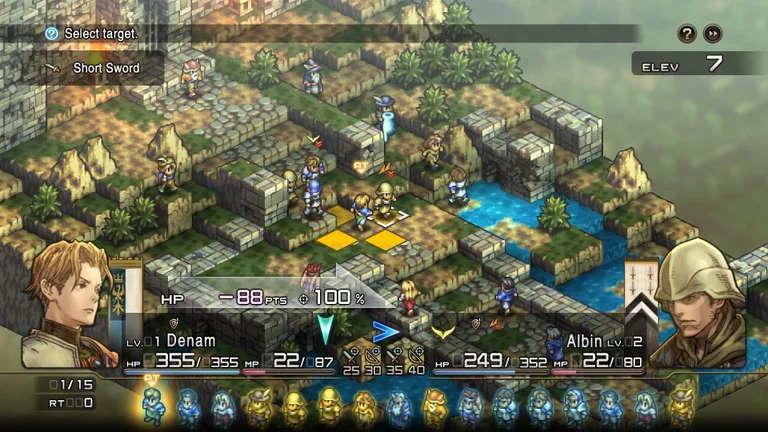
The reason Tactics Ogre and Final Fantasy Tactics are often spoken of in the same breath is because Ogre series creator Yasumi Matsuno led the development of both, and they share many things in common. The turn-based combat taking place on an isometric grid is one thing, and that’s appeared in plenty of other games since. What’s rare is Matsuno’s storytelling. Tactics Ogre pairs a grounded fantasy setting with an intrigue-heavy plot, a pairing that would go on to define Matsuno’s world of Ivalice, featured in Final Fantasy Tactics, Vagrant Story, and Final Fantasy XII. It’s the kind of story we’d now think of as being like Game of Thrones, though the original Tactics Ogre beat the first book in George R.R. Martin’s fantasy saga to release by a year. Few games since have been able to match Matusno for depth or narrative complexity, enhanced in Tactics Ogre: Reborn by new voice acting and dialogue tweaks.
Matsuno’s games are also known for being dense, and Tactics Ogre is no exception. Combat plays out on the aforementioned isometric grid battlefields, and proper positioning is the key to victory. Put the wrong unit in the wrong place, and the enemy will eat them alive. Sneak the right unit into a position where they can attack from behind, and watch your enemies fall. Choices made about what equipment to wear, items to carry, elemental affinities to emphasize, and moral stance to lean towards can affect the tide of battle. Tactics Ogre: Reborn does its best to make the game’s depth digestible and mitigate the amount of grinding and tedium that genre fans once were willing to accept.
Tactics Ogre features a job system similar to the one found in Final Fantasy Tactics (and other Final Fantasy games). Individual units can switch classes throughout the game as long as players have the right item in their inventory to trigger the transformation. In the previous versions of the game, players level those classes rather than individual units, meaning that if you wanted to give that cool-sounding ninja class you just unlocked a try, you’d have to do some grinding to get a character up to par with it. Tactics Ogre: Reborn changes that. Instead of leveling classes, players level characters, meaning a level-15 knight who becomes a ninja remains at level 15. The item requirement along with the new addition of a party level, capping the max level units can attain at any given point during the game, means that this change drastically reduces the amount of grinding required without being easily exploited.
This system allows for massive amounts of depth and customization, which naturally complements the game’s branching narratives and different endings. Where often a game having multiple endings can feel like a half-hearted attempt at boosting replay value, here it feels more like a welcome justification for playing through the game multiple times focusing on different units and classes.
Another welcome addition is the new option to double the speed of gameplay during battle. Since gameplay is turn-based, this doesn’t up the difficulty in any way (like how it’s meant to in Square Enix’s more recent entry into the genre, ), but does make animation go by quicker. Considering how long these battles can be, it knocks down the barrier of entry considerably and makes it much easier to squeeze in play sessions on busy days.
Visually, Tactics Ogre: Reborn remains true to the look of the original, keeping the pixelated units that were designed when that style was on the cusp of being replaced by polygons, but upscaling them (and the rest of the game) to high definition. Detail-oriented purists may notice that the upscaled units are a little fuzzy around the edges, but most players, especially those unfamiliar with the original look of the game, are unlikely to be bothered.
While I missed it back then, Tactics Ogre was, by all accounts, a pinnacle of its genre when it first debuted. The game has aged well, especially with Tactics Ogre: Reborn‘s enhancements, and remains an incredibly engrossing, absorbing game with nearly unmatched storytelling and gameplay. Tactics Ogre: Reborn is a masterful remaster of a game that was already a masterpiece. It shouldn’t be missed.
Rating: 5 out of 5
Tactics Ogre: Reborn is on sale now for PlayStation 4, PlayStation 5, Nintendo Switch, and Windows PC. It was reviewed on a PlayStation 5 with a review code provided by the publisher.




